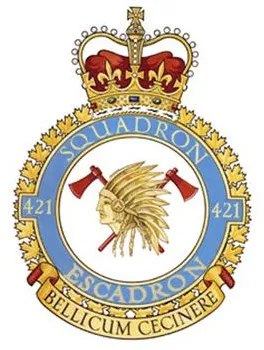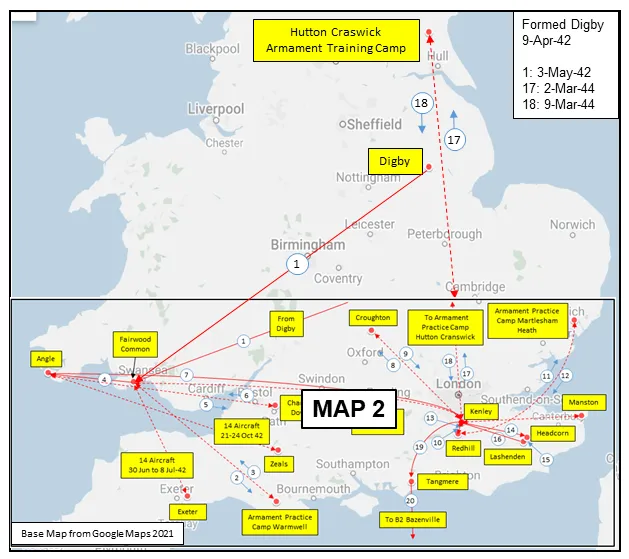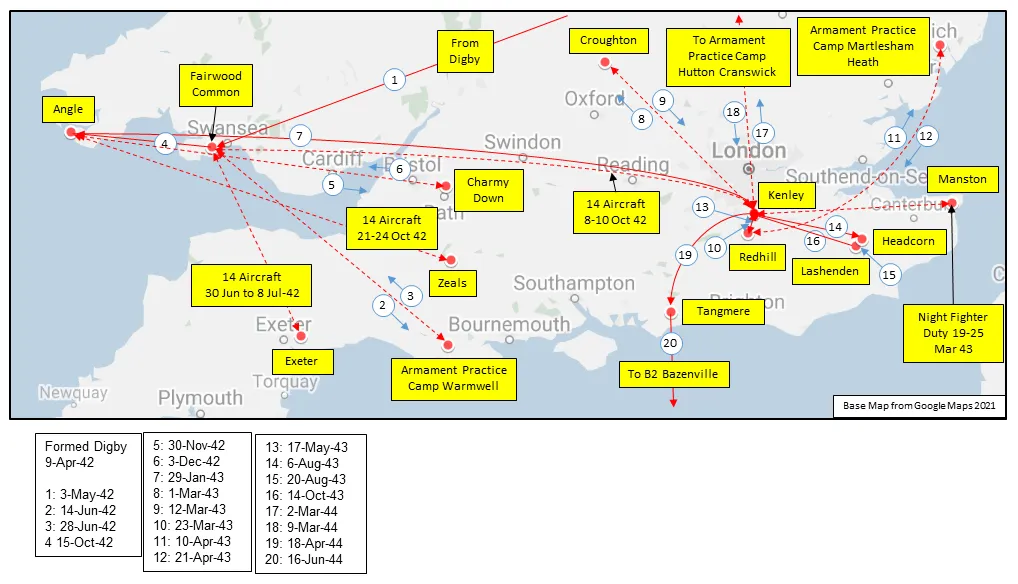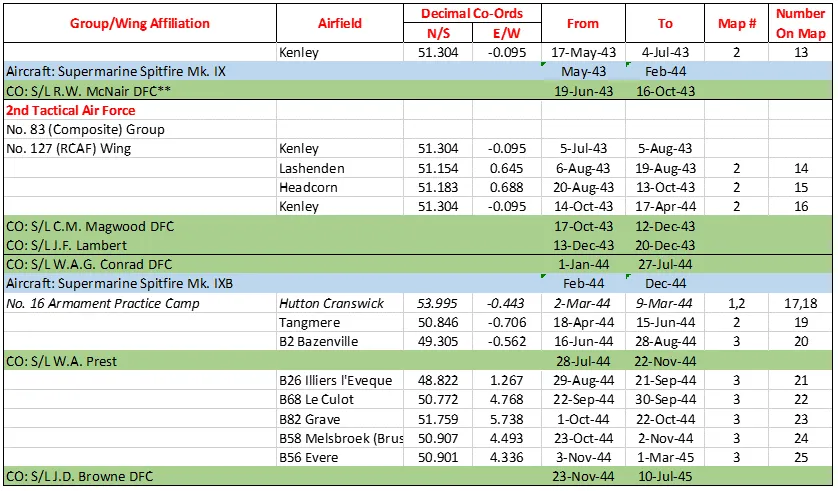Lockheed CF-104 Starfighter F-104 CF-104D CL-90

One of the most revolutionary military aircraft ever produced, the F-104 Starfighter was designed by Kelly Johnson and his team in 1952, at Lockheed's legendary "skunk works" in Burbank, California. The USAF ordered two prototypes in early 1953 and the XF-104 first flew in February 1954. Records established by the F-104 Starfighter are impressive: world altitude & speed records of 91,240 feet and 1,404 mph respectively in May 1958, world altitude record raised to 103,395 feet in December 1958 and unofficial world altitude record of 120,800 feet in December 1963.
******The Canadair CF-104 Starfighter (CF-111, CL-90) is a modified version of the Lockheed F-104 Starfighter supersonic fighter aircraft built in Canada by Canadair under licence. It was primarily used as a ground attack aircraft, despite being designed as an interceptor. It served with the Royal Canadian Air Force (RCAF) and later the Canadian Armed Forces (CAF) until it was replaced by the McDonnell Douglas CF-18 Hornet.
Canadair's internal designation was CL-90 while the RCAF's version was initially designated CF-111, then changed to CF-104. Although basically similar to the F-104G, the CF-104 was optimized for the nuclear strike/reconnaissance role, fitted with R-24A NASARR equipment dedicated to the air-to-ground mode only as well as having provision for a ventral reconnaissance pod equipped with four Vinten cameras. Other differences included retaining the removable refuelling probe, initial deletion of the fuselage-mounted 20 mm (.79 in) M61A1 cannon (replaced by an additional fuel cell) and the main undercarriage members being fitted with longer-stroke liquid springs and larger tires.
The CF-104 entered Canadian service in March 1962. Originally designed as a supersonic interceptor aircraft, it was used primarily for low-level strike and reconnaissance by the RCAF. Eight CF-104 squadrons were originally stationed in Europe as part of Canada's NATO commitment. Wikipedia
 Wikipedia Canadair CF-104 Starfighter
Wikipedia Canadair CF-104 Starfighter
 YouTube Canadair CF-104 Starfighter
YouTube Canadair CF-104 Starfighter
The Starfighter on display outside the Canadian Warplane Heritage Museum is a CF-104D, a two seat trainer version. The aircraft was acquired from the Department of National Defence in late 1995.
CASPIR Aircraft Groups:
RCAF On Strength (193), Canadian Aircraft Losses (36)Starfighter CF-104 12857
1963-07-04 Taken on Strength 2019-08-20
1963-07-04 Squadron Assignment 421 Sqn FR 2020-06-22
1963-07-04 Base Assignment 2 Wing Grostenquin FR 2020-06-22
1964-02-14 Base Assignment 3 Fighter Wing Zweibrücken: DE 2020-06-22
1965-02-11 Repair / Modification Prestwick GB 2020-06-22
1965-12-22 Inspection or Overhaul Prestwick GB 2020-06-22
1967-03-16 Inspection or Overhaul Prestwick GB 2020-06-22
1967-08-17 Base Assignment 4 Fighter Wing Baden DE 2020-06-22
1968-05-22 Inspection or Overhaul Prestwick GB 2020-06-22
1970-06-02 Serial Change 104857 2020-06-22
1970-06-12 Base Assignment 1 CAG Baden DE 2020-06-22
1971-01-25 Repair / Modification Prestwick GB 2020-06-22
1973-10-23 Accident Category A Nr Mannheim DE Hit Hill 2020-06-22
1973-10-23 Killed Nr Mannheim DE 2020-06-22
1974-04-09 Struck off Strength 2020-06-22
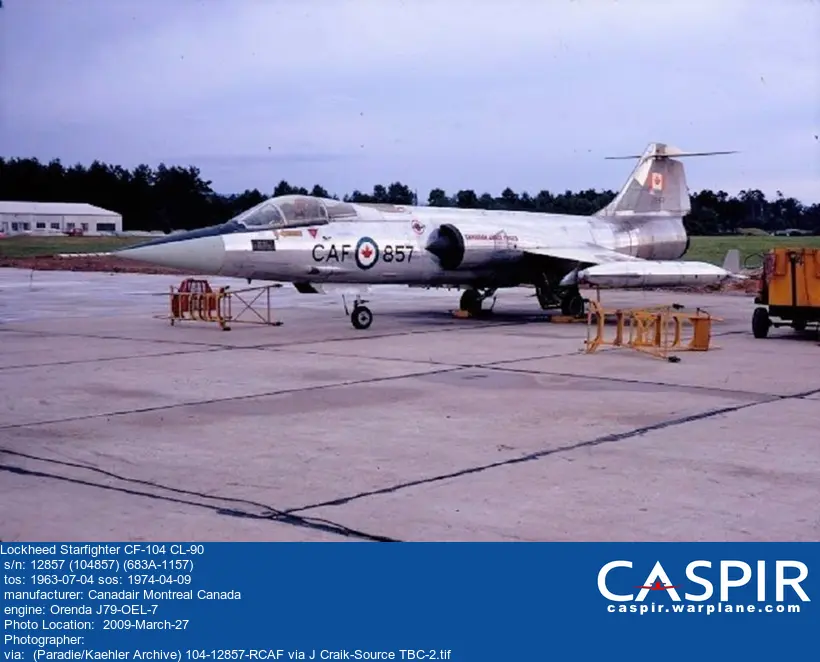
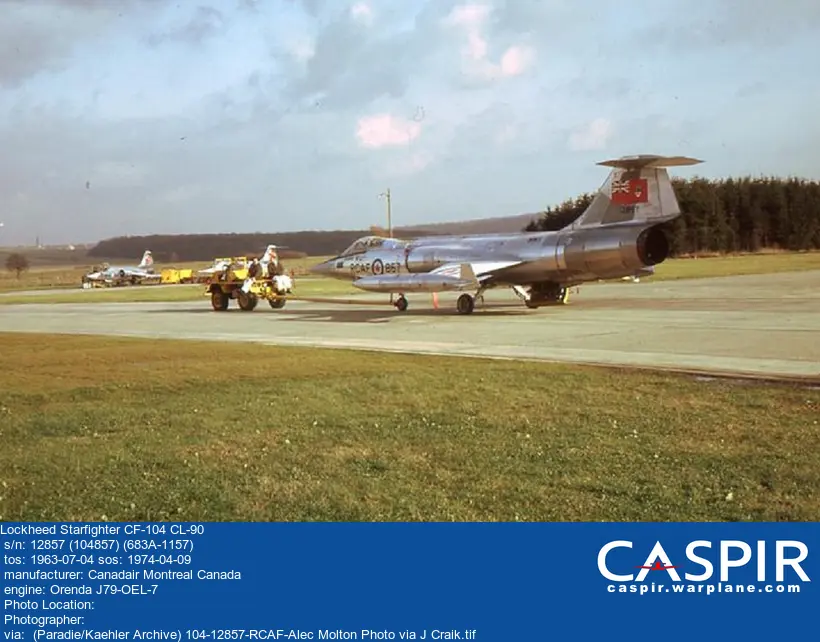



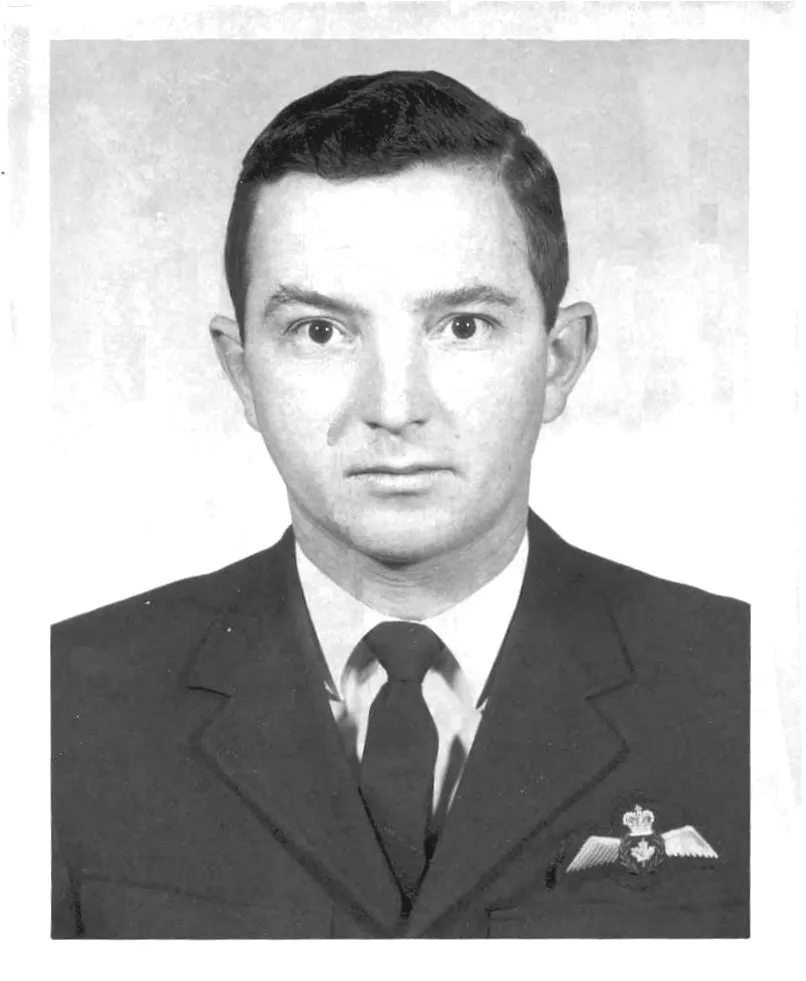

 Canadian Virtual War Memorial
Canadian Virtual War Memorial Find-A-Grave.com
Find-A-Grave.com Tisdale Cemetery, Canada
Tisdale Cemetery, Canada Harold A Skaarup Web Page
Harold A Skaarup Web Page